Technology has influenced art dramatically over the last few decades. Today, it’s easier than ever to create and share art with people all over the world. However, when creating art digitally there’s always the possibility of an error or malfunction that will hamper the creative output. Or does it? For most artists, a big part of the goal is to avoid any issue that will corrupt their art. This is not the case with Glitch Art.
“We don’t make mistakes, just happy little accidents.”
― Bob Ross
What Is Glitch Art?
Glitch Art actively pursues and exploits the malfunctions that conventional art wants to avoid. The main component in creating Glitch Art is chaos –but that doesn’t mean just making messy art! The most enticing Glitch Art is created with a high level of control and a goal in mind of what the final piece will look like.
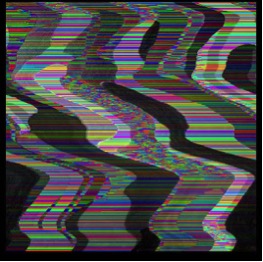
In the piece below, the Mona Lisa has been glitched heavily, but some control and restraint was used to retain the elements of the original image.
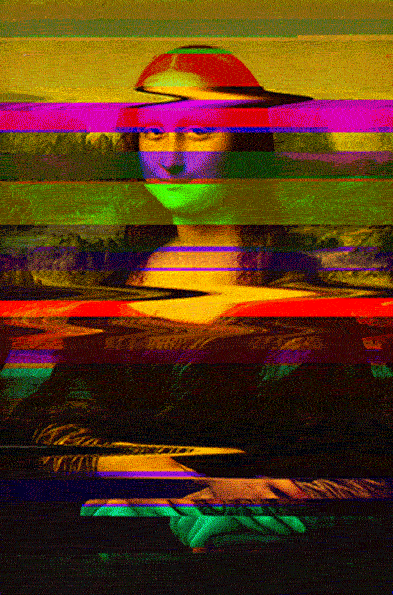
This Glitch Art aesthetic has gone on to influence those creating more conventional styled art. Contemporary digital artists and oil painters alike have used the effects that are present in glitched works of art. This includes elements such as liquifying effects, deformations, and stray pixels.
Where Did Glitch Art Originate From?
A glitch, in the technical sense, is the unexpected result of a malfunction. Glitches are often seen to occur in videos, images, software, and video games. One of the earliest examples of glitches used in media art includes Digital TV Dinner (1978) by Raul Zaritsky and Jamie Fenton. This video was created by glitching the Bally Astrocade video game console and recording the outcome on videotape.
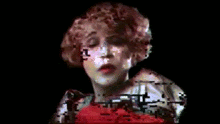
In the mid-90s, the term glitch came to be associated with (music) to define a genre of electronica/noise/experimental. Subsequently, many visual artists and VJs began embracing the glitch as an aesthetic of the digital age. Over time, Glitch Art just became the term to refer to a whole range of visual and audio arts.
How Has Glitch Art Evolved Over The Years?
As the world becomes more and more wrapped up in technology, Glitch Art is seen as more than just an aesthetic embraced by individual artists. It has now begun to be taken more seriously as a movement that has a unique potential for cultural commentary.
Around 2002, artists began to actively connect around this aesthetic on a larger scale at the Glitch Symposium and Performance Event. It’s only recently that the medium has begun to pick up serious momentum. Showcases of glitch artists have been held in multiple cities around the world in the past few months alone – from San Francisco’s Dogpatch Cafe & Art Gallery to Chicago’s Ukrainian Institute of Modern Art, and most recently the UK’s Tate Britain and Getty Images Gallery.
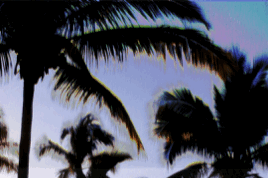
The emergence of Photoshop and other image distortion software in the form of plugins has infiltrated the Glitch Art movement – allowing digital artists to create their own version of Glitch Art.
What Is The Purpose Of Glitch Art?
Glitch Art takes temporary glitches, interruptions, and pixelations and turns them into visually arresting pieces. The unique artform questions the traditions and forms of conventional art. In a way, Glitch Art re-casts a new light on digital interruptions and faults; Eventually, turning them into works of beauty.
Because glitch is, by definition, an error – Glitch Art is the result of something going wrong. A process in which destruction is used for creation. Mistakes become a medium. All those happy accidents are art.
Many people see Glitch Art as a global movement against magazines using too much Photoshop to correct the ‘imperfections’ they see in people, such as airbrushed beautiful faces always staring back at us in advertisements. It is a unique movement that aims to celebrate imperfections. In fact, it deliberately introduces a defect and then cherishes it. There are flaws that artists attempt to glorify. The result is often strangely beautiful!
Looking to explore more art genres? Head over to Joe Latimer.com for a multidisciplinary, visually stunning experience. ✌️💛🎨
Enjoy this blog? Please help spread the word via:


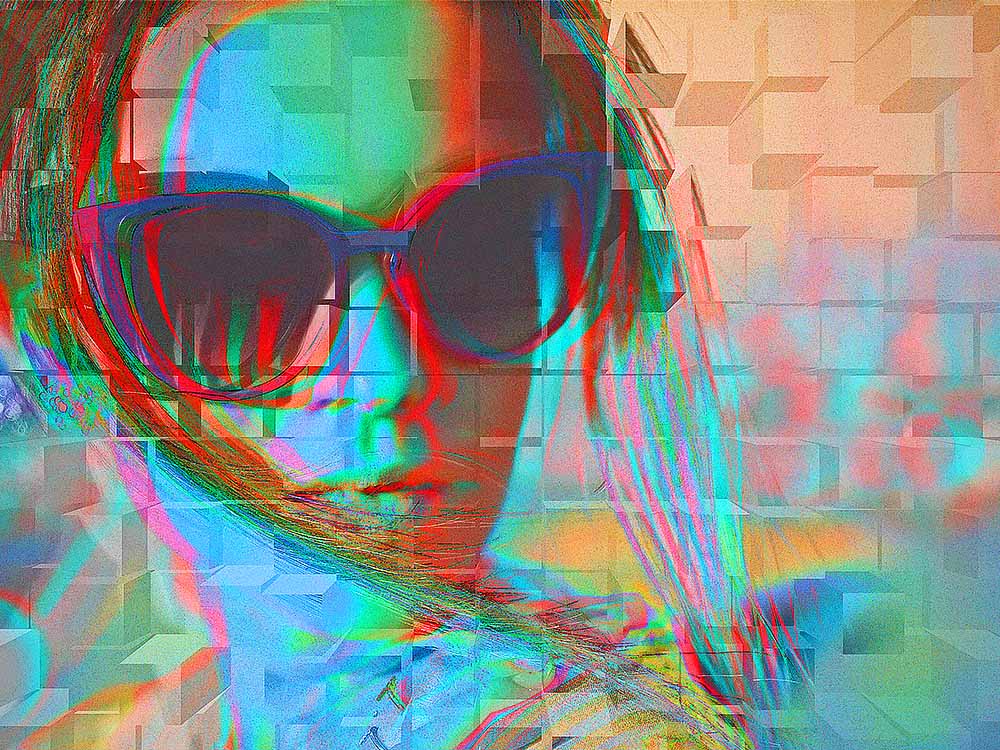
One Comment